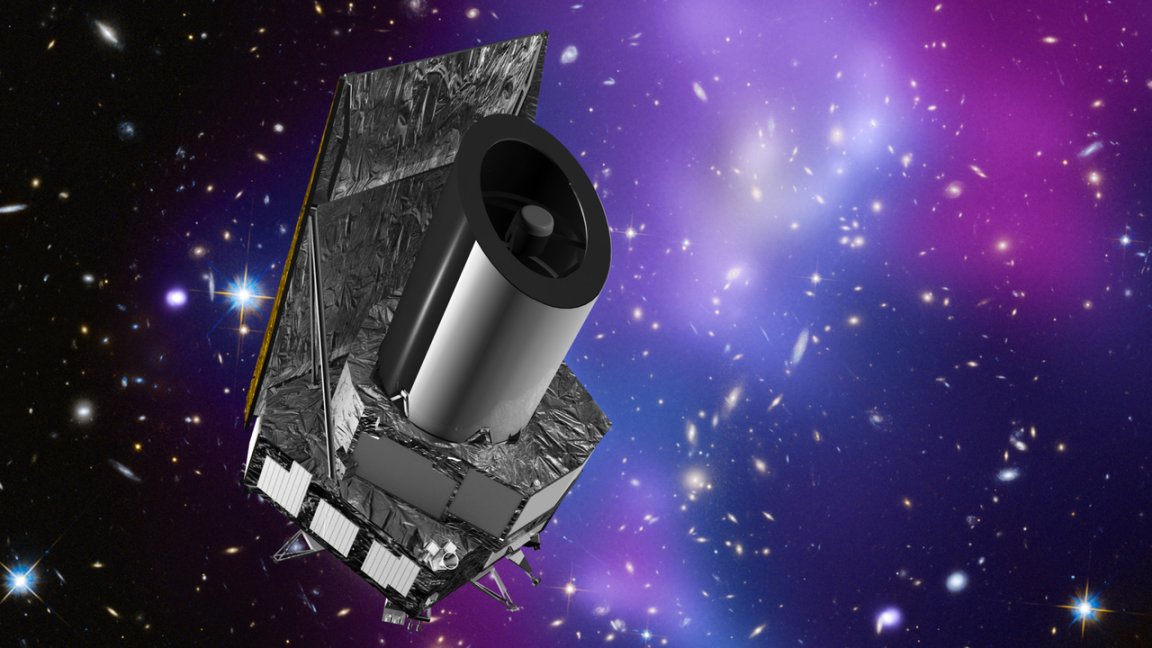
The Hunt for the Unseen
The European Space Agency’s Euclid spacecraft is joining the search for the elusive dark matter. To achieve this, Euclid will be mapping the large-scale structure of the universe across the extragalactic sky in search of a time when dark energy accelerated the expansion of the universe 10 billion years ago. European Space Agency’s Euclid Project Manager Guiseppe D. Racca said ,”Euclid will observe the unseen, meaning the part of the universe that does not emit or absorb light, but we know it is there because of the global properties of the universe, its geometrical properties and its expansion rate.” The ESA plans to launch Euclid by the end of 2020.
Dark Matter
Scientists assume that matter only makes up about 4 percent of the universe with the remaining 96 percent being made up of dark matter. Although practically invisible, dark matter has gravitational effects on visible matter. This effect is what Euclid will be looking out for with the use of two instruments: the VIS and the NISP. Both are large-format cameras that can characterize the morphometric, photometric, and spectroscopic properties of the galaxies, enabling Euclid to observe invisible gravitational effects through galaxy clustering and weak lensing. “It is important that the two techniques are performed at the same time. The complementarity of the two probes will, indeed, provide important additional information on possible systematics, which limit the accuracy of each of the probes,” says Racca.